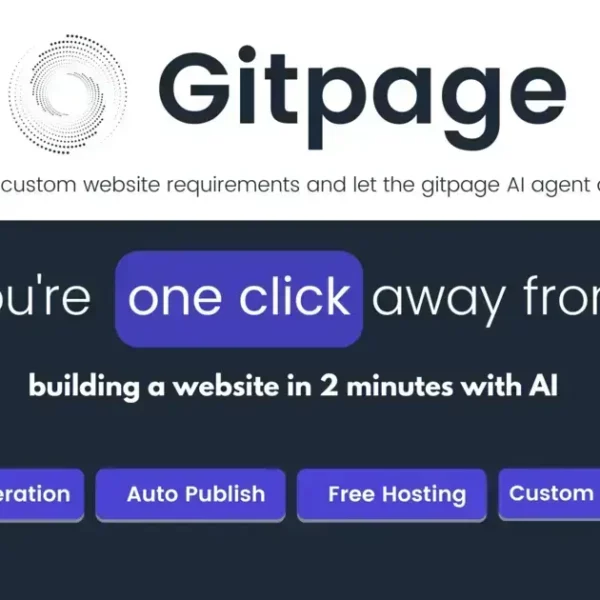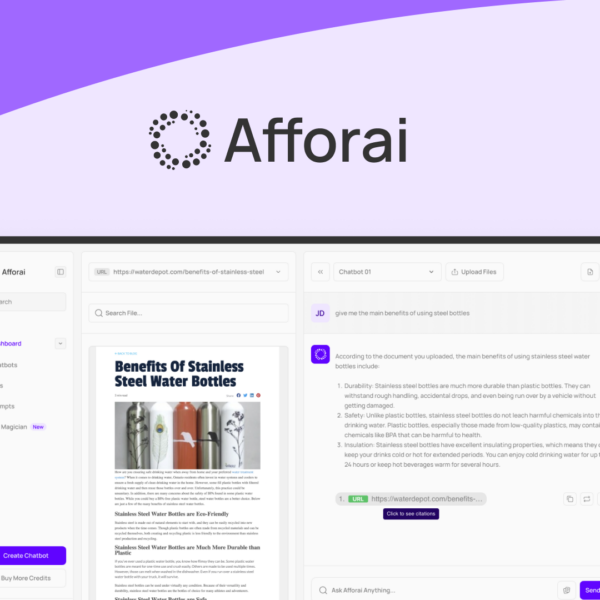Looking to save money? Discover how SaaS Deals can benefit your business in the long run. Choosing the right software is essential—let’s dive in!
Do Your Homework on the Developer
When choosing SaaS deals, it’s crucial to do your homework on the developer. Check their background and previous projects. Look for developers who have a solid history of releasing quality software. It’s a good sign if they have positive reviews and a loyal user base.
Research the Developer’s Reputation
Start by searching for reviews online. Websites like G2 or Capterra can offer honest feedback from real users. Pay attention to both the positive and negative comments. This will help you understand the developer’s strengths and weaknesses.
Check Their Website and Social Media
A professional website is important. Explore their site to see if it’s well-made and informative. Check their blog and social media pages. Active updates and engagement show they care about their customers.
Look for Community Engagement
Many developers have forums or community groups. Join these spaces to see how they interact with users. A responsive developer who values feedback is usually a dependable choice.
Assess Their Product Roadmap
Some developers share a product roadmap. This document outlines their future plans. It shows how they plan to grow and improve their software. If you see regular updates and exciting features, that’s a good sign.
Doing your homework can help you choose a reliable SaaS product. It sets the stage for a smooth experience and ensures you’re investing in software that will meet your needs over time.
Check Recent Features Rolled Out

When evaluating SaaS products, it’s important to check recent features rolled out. Software developers regularly update their products. These updates can bring new tools, fix bugs, and improve overall performance.
Stay Updated on New Features
Most developers announce new features on their websites or through newsletters. Sign up for updates so you won’t miss important changes. These updates can make your experience much better.
Read Release Notes
Release notes provide detailed information about updates. They explain what changes have been made and how they can benefit you. Spend a few minutes reviewing these notes. This way, you understand what’s new and how to use it.
Join User Communities
User communities can be great resources for learning about new features. Members often share their experiences and tips. Engage in discussions to get real-life insights. This can help you make the most of new updates.
Test New Features
If a developer offers trial periods for new features, take advantage of them. Testing features can help you see if they fit your needs. It’s a good chance to see if the update improves your work process.
Always evaluating recent updates keeps you informed. This helps you use the software to its full potential. Knowing what’s new can enhance your overall experience.
Look at Their Roadmap
When selecting SaaS products, it’s smart to look at their roadmap. A roadmap shows what a developer plans for the future. It outlines upcoming features, improvements, and overall goals for the software.
Understanding the Roadmap
A roadmap can provide insight into a developer’s vision. It helps you see if they’re focused on long-term growth. You want a tool that will adapt and evolve with your needs.
Check for Regular Updates
Look for developers who update their roadmaps regularly. Frequent updates mean the developer is active and engaged with their product. This shows they care about customer feedback and are working to improve.
Assess User Feedback
Some developers involve users in their roadmap process. They may ask for feedback on future features or changes. Engaging with users can strengthen trust and build a community around the product.
Watch for Prioritized Features
Not all features are created equal. A good roadmap will show which features are being prioritized. Knowing this helps you understand what improvements to expect soon.
By looking at a developer’s roadmap, you can make an informed choice. It’s a glimpse into their commitment to enhancing the software for users.
Chat with Their Support

One important step in evaluating a SaaS product is to chat with their support. This helps you gauge how responsive and helpful they are. Good customer support can make a big difference in your experience.
Test Their Response Time
Start by reaching out with a simple question. Notice how quickly they reply. A fast response time shows they value customer inquiries and are ready to assist.
Evaluate Their Knowledge
During your chat, pay attention to how knowledgeable the support staff is. They should provide clear answers and solutions. If they’re unsure, it might raise a red flag about their expertise.
Check Availability
Find out when support is available. Some companies offer 24/7 support, while others might have limited hours. Choose a company that fits your schedule and needs.
Explore Different Support Channels
Many companies provide support through live chat, email, or phone. Try different options to see which one works best for you. Live chat can be the quickest way to get answers.
By chatting with their support, you gain insight into how well they prioritize customer satisfaction. This can help you decide if the software is right for you.
Decide If the Product Meets Your Needs
Choosing the right SaaS product means you need to decide if the product meets your needs. Start by listing what features are most important to you. This will help narrow down your options.
Identify Your Requirements
Think about what you need the software to do. List core features you can’t live without. For example, do you need project management, invoicing, or collaboration tools?
Consider Usability
The software should be easy to use. Look for a product with a simple interface. This makes onboarding quicker and helps your team get started right away.
Evaluate Compatibility
Make sure the software works well with your existing tools. Check if it integrates smoothly with other systems you use. This can save time and reduce frustration.
Test It Out
If possible, take advantage of free trials or demos. These let you explore the software before committing. Use the opportunity to see if it truly fits your needs.
Assessing if the product meets your needs is key. It ensures you choose a software solution that works for you, not against you.




